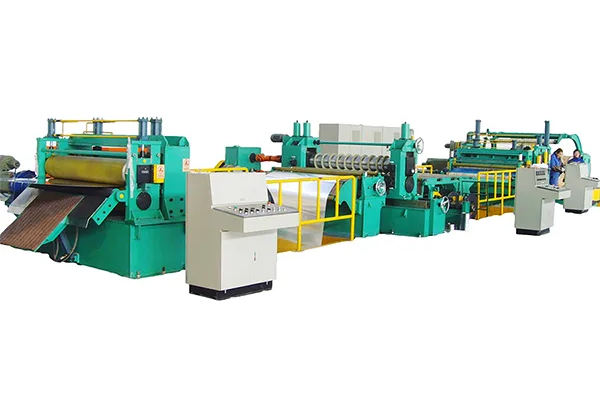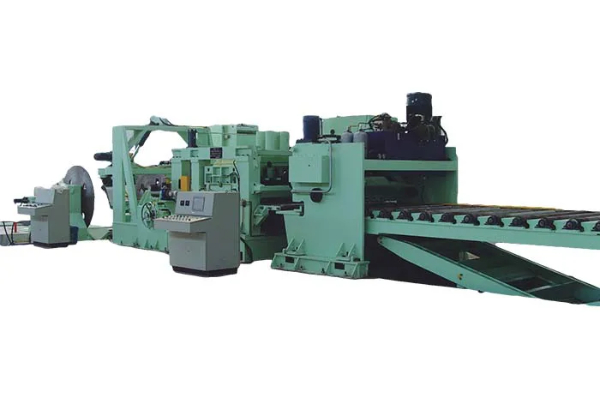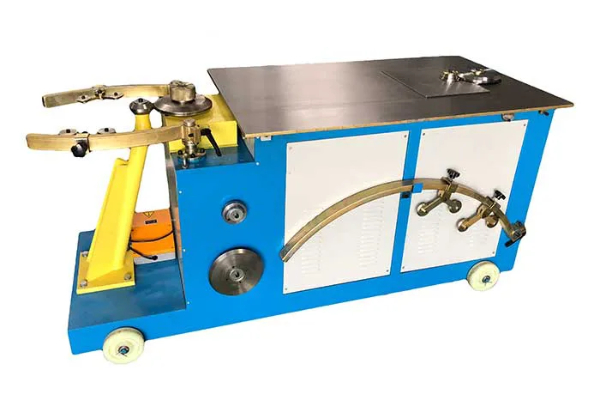
Exploring Different Duct Materials and Thicknesses for Plasma Cutting
- By:Metmac
- 2024-07-10
- 142
Plasma cutting, widely used in various industries, involves the utilization of a high-temperature, ionized gas (plasma) to cut through electrically conductive materials. The selection of appropriate duct materials and thicknesses is crucial for ensuring efficient and effective plasma cutting operations. This article delves into the different materials and thicknesses of ducts used in plasma cutting, highlighting their advantages and considerations.
Materials for Plasma Cutting Ducts
The primary materials employed for plasma cutting ducts include:
1. Stainless Steel: Stainless steel offers excellent corrosion resistance, making it suitable for applications involving exposure to harsh environments. It exhibits high strength and durability, allowing for the production of thin ducts without compromising structural integrity.
2. Aluminum: Aluminum is lightweight, ductile, and has good thermal conductivity. It is often used in applications where weight reduction is essential, and its formability enables complex duct designs.
3. Carbon Steel: Carbon steel is cost-effective and widely available. It provides adequate strength and durability for general-purpose plasma cutting operations.
Thickness of Plasma Cutting Ducts
The thickness of plasma cutting ducts depends on various factors, such as:
1. Material Thickness: The duct thickness should be greater than or equal to the material being cut. Typically, ducts are 1.5-2 times thicker than the material they are intended to cut.
2. Plasma Output: Higher plasma output requires thicker ducts to withstand the increased heat and pressure generated during the cutting process.
3. Duct Length: Longer ducts require increased thickness to prevent sagging or deformation due to gravity.
Considerations for Duct Selection
When selecting ducts for plasma cutting, several key considerations should be taken into account:
1. Compatibility: Ensure compatibility between the duct material and the plasma cutting system being used. Some systems may not be suitable for cutting certain materials.
2. Corrosion Resistance: Choose materials that are resistant to corrosion, especially if the ducts will be exposed to moisture or chemicals.
3. Thermal Conductivity: Materials with high thermal conductivity can help dissipate heat more efficiently, reducing duct warping and burn-through.
4. Machinability: The duct material should be easily machinable to facilitate cutting, shaping, and welding operations.
5. Cost: Consider the material cost and the overall cost of duct fabrication and maintenance.
Conclusion
Selecting the appropriate materials and thicknesses for plasma cutting ducts is essential for achieving optimal cutting performance. Stainless steel, aluminum, and carbon steel are commonly used materials, each offering unique advantages. The thickness of the ducts should be determined based on the material being cut, plasma output, and duct length. By carefully considering the factors discussed in this article, engineers and fabricators can choose the most suitable ducts for their specific plasma cutting applications, ensuring efficient and reliable operations.
-
Sheet Metal Working Machines: The METMAC Advantage for Complete Fabrication Excellence
2025/12/03 -
Hydraulic Sheet Cutting Machine: Unmatched Power and Reliability for Demanding Fabrication by METMAC
2025/12/03 -
CNC Sheet Metal Bending Machine: The Pillar of Precision Fabrication with METMAC
2025/12/03 -
Laser Stainless Steel Cutting Machine: Precision, Purity, and Performance by METMAC
2025/12/03
-
Advanced Sheet Metal Rolling, Laser Cutting, and Folding Machines for Precision Fabrication
2025/10/31 -
High-Performance Sheet Metal Bending and Cutting Machines for Modern Fabrication
2025/10/31 -
High-Quality Sheet Metal Equipment for Sale: Efficient Solutions for Modern Manufacturing
2025/10/31 -
High-Performance Sheet Metal Equipment for Sale: Forming and Shearing Solutions for Modern Fabrication
2025/10/22
-
A Guide to the Latest Innovations in Sheet Metal Folding Machines
2024/11/29 -
Key Features to Consider When Investing in a Sheet Metal Folding Machine
2024/11/28 -
Enhancing Precision with Advanced Sheet Metal Folding Machines
2024/11/27 -
How to Choose the Right Sheet Metal Folding Machine for Your Workshop
2024/11/26







